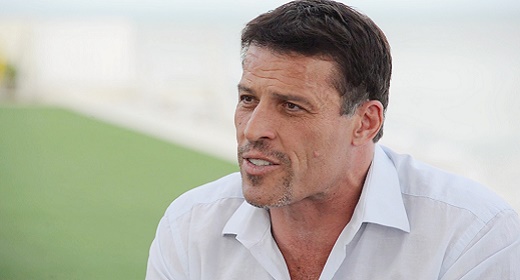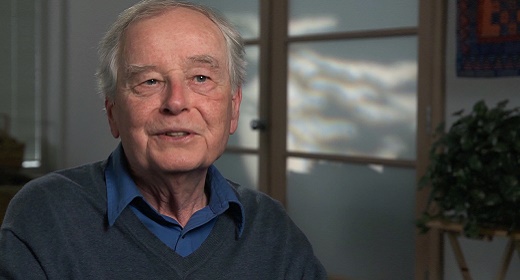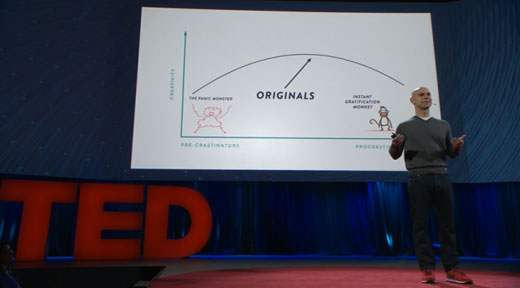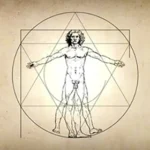by Kurt Streeter, Los Angeles Times: Amma, drawing awestruck devotees in a Los Angeles visit, is part of the third wave — mostly women — of gurus to gain popularity in the U.S., an expert says.
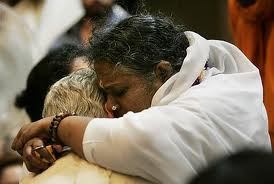 Globalization is good and necessary, whispers the guru, her arms circling yet another stranger, her words translated into English by an attendee. “But at the same time, families are disintegrating, people are becoming isolated islands, there is no communication… there is no love.”
Globalization is good and necessary, whispers the guru, her arms circling yet another stranger, her words translated into English by an attendee. “But at the same time, families are disintegrating, people are becoming isolated islands, there is no communication… there is no love.”
So says Amma, the Indian-born spiritual leader who over the last two decades has gained an international name for her simple insight and her signature public act. Amma — full name Mata Amritanandamayi, age 56 — is known as “the Hugging Saint.”
In Los Angeles this week, thousands of devotees have billowed through a windowless conference room at the Hilton Los Angeles Airport to see her. Mostly, they have one goal: During the guru’s annual sojourn to Southern California they hope to disappear for a short while into her embrace.
With this, they hope, will flow a touch of enlightenment and a great deal of what she says is the salve for the world’s problems: love.
“She is simply the essence, the embodiment, of compassion,” said Roy Strassman, wiping sweat from his forehead. “Just to touch her … wow.”
Though not physically imposing — Amma is short, round and wide-hipped — in a room full of adoration she is a blunt instrument. When she walked into the conference room Monday morning, surrounded by a gaggle of assistants and dressed in her trademark white sari, all it took was a smile and a wave for a collective gasp of awe to ripple through the hall.
Sitting in a chair at the front of the room, she was soon at work. Indian chanting filled the room. Men, women and children arranged themselves in tidy rows and slowly made their way to her chair. As she gave out her hugs, some cried, some laughed, some shook and could hardly say a word as she softly prayed in her native Malayalam. It is the language spoken in the southern Indian state where she was born and now runs an ashram, a hospital, a university and a charity organization that reports having built 6,200 homes for victims of the tsunami that devastated part of India in 2004.
“In all of history, no spiritual master has had this kind of following, so many people from all over the world,” said Suresh Nair, a moist-eyed engineering student at UC Riverside who said he began following Amma when he lived in India. “Well, maybe Christ” had such a following, he conceded.
Amma is part of a small clutch of Indian spiritual masters who, over the last two decades, have found increasing popularity in the United States and other Western countries.
“She represents the third wave of Indian gurus to come to this country and establish themselves,” said Karen Pechilis, a professor of Asian religions at Drew University in New Jersey. The first wave came in the late 1800s, Pechilis said. The second, in the 1960s, was typified by Maharishi Mahesh Yogi, the guru followed briefly by the Beatles. The ’60s gurus were men, and many were wrapped in controversy over financial and sexual impropriety.
The third wave, though, is composed largely of women who are trying to distance themselves from the old scandals while placing a stronger emphasis on charity work. They include leaders such as Mother Meera, known for communicating her intentions with a look into the eyes, and Gurumayi Chidvilasananda, who believers say can transmit enlightening energy through a television.
Pechilis said Amma’s darshan, her hallmark embrace, bumps against deeply rooted Indian cultural views. “She’s distinctive because she has such an emphasis on physical contact,” Pechilis said, adding that Indian culture is not typically tolerant of the sight of men and women touching in public, particularly if an embrace comes from a woman such as Amma, a villager born into a low caste.
Female gurus, Pechilis said, “want to pursue the universal, not be tied to accidents of history” like the Indian caste system. Moreover, there is less emphasis “on some of the Hindu inspired teachings and more emphasis on making the message approachable” to a wider audience.
Amma’s visit this week, expected to attract about 15,000 people by the time it finishes with a free public program Friday night, shows that “approachable” seems to be working.
The crowds — even those at the midweek retreat sessions that cost $195 — have been a menagerie of race and class, though whites made up a clear majority. It was not uncommon to see the well-heeled milling around unemployed gardeners, all of them waiting two hours for a 30-second hug. They did so with calm, since patience is a key virtue, according to the guru.
Often, those waiting sat in meditation near Amma, or strolled at the back of the conference room, where booths offered everything from free pamphlets on Amma’s teachings to $54 socks worn by the guru to saris she also has worn, some bringing in “at least a few thousand dollars,” according to a saleswoman.
Finally, on Tuesday, after she had taken time to answer questions — expounding on how to solve global suffering while simultaneously giving hug after hug — it was time to experience an embrace.
A bevy of assistants swirled around, one massaging her shoulder, another making sure I’d wiped my face, a third whispering in her ear. They lifted my shoulders and set me on my knees in front of her.
Suddenly, Amma’s hands clasped my neck. She planted my head into her upper chest and held so tight that no movement was possible. She clasped the back of my head, stroked my hair, laughed and began silently chanting words that were indecipherable. It was warm, comfortable, even sweet. She scattered flower petals atop my head and it was over.
“You must tell me, what do you feel from such a divine being?” asked Elva Chavez, a yoga instructor from San Diego.
“Well, it felt nice, like a hug from my grandmother.”




